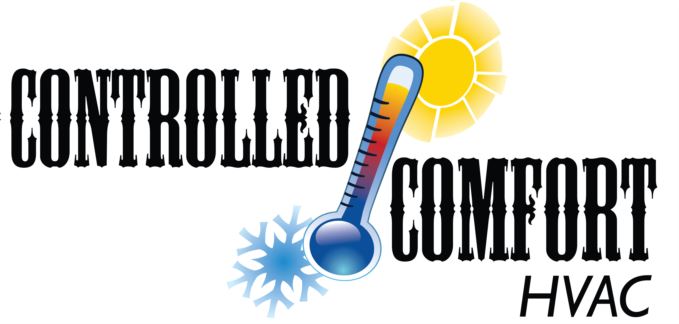
We spend a good majority of our time indoors. As a matter of fact, the Environmental Protection Agency (EPA) has approximated being inside accounts for 90% of our schedule. Having said that, the EPA also says your indoor air can be three to five times dirtier than outside your home.
That’s since our residences are tightly sealed to boost energy efficiency. While this is fantastic for your utility costs, it’s not so great if you’re amid the 40% of the population with respiratory allergies.
When outside ventilation is limited, pollutants such as dust and volatile organic compounds (VOCs) may get captured. Consequently, these pollutants might aggravate your allergies.
You can improve your indoor air quality with fresh air and usual dusting and vacuuming. But if you’re still having problems with symptoms while you’re at your residence, an air purifier could be able to help.
While it can’t remove pollutants that have gotten trapped in your furniture or carpeting, it can help freshen the air circulating around your house.
And air purification has also been scientifically proven to help reduce some allergic symptoms, according to the American College of Allergy, Asthma and Immunology. It could also be appropriate if you or someone in your household has lung trouble, like emphysema or COPD.
There are two kinds, a portable air purifier or a whole-home air purifier. We’ll discuss the differences so you can learn what’s correct for your home.
Whole-House Air Purifier vs. Portable Air Purifiers
A portable air purifier is for a single room. A whole-house air purifier works alongside your heating and cooling equipment to treat your full home. Some types can clean independent when your HVAC equipment isn’t running.
What’s the Best Air Purifier for Allergies?
Seek a model with a High Efficiency Particulate Air (HEPA) filter. HEPA filters are installed in hospitals and deliver the most comprehensive filtration you can buy, as they trap 99.97% of particles in the air.
HEPA filters are even more powerful when used with an ultraviolet (UV) germicidal light. This mighty mixture can destroy dust, dander, pollen and mold, all of which are standard allergens. For the ultimate in air purification, think over equipment that also has a carbon-based filter to reduce household vapors.
Avoid using an air purifier that creates ozone, which is the top component in smog. The EPA warns ozone may aggravate respiratory troubles, even when discharged at minor amounts.
The Allergy and Asthma Foundation of America has compiled a checklist of questions to consider when getting an air purifier.
- What can this purifier remove from the air? What doesn’t it take out?
- What’s its clean air delivery rate? (A higher amount means air will be purified faster.)
- How often does the filter or UV bulb need to be switched]? Can I complete that without help?
- How much do new filters or bulbs cost?
How to Decrease Seasonal Allergy Symptoms
Want to receive the {top|most excellent|best] results from your new air purification unit? The Mayo Clinic suggests doing other procedures to limit your exposure to problems that can cause seasonal allergies.
- Stay inside and keep windows and doors sealed when pollen counts are elevated.
- Have other household members cut the lawn or pull weeds, since these tasks can irritate symptoms. If you must do these chores alone, you may want to consider using a pollen mask. You should also rinse off without delay and change your clothes once you’re finished.
- Avoid drying laundry outside.
- Run your air conditioner while at home or while you’re on the road. Consider using a high efficiency air filter in your residence’s heating and cooling unit.
- Balance your home’s humidity saturation with a whole-house dehumidifier.
- Hardwood, tile or linoleum are the suggested flooring types for decreasing indoor allergens. If your house has carpet, add a HEPA filter on your vacuum cleaner.
Let Our Pros Handle Your Indoor Air Quality Requirements
Ready to move forward with getting a whole-house air purifier? Give our experts a call at 224-412-8308 or contact us online to request an appointment. We’ll help you choose the right unit for your family and budget.


